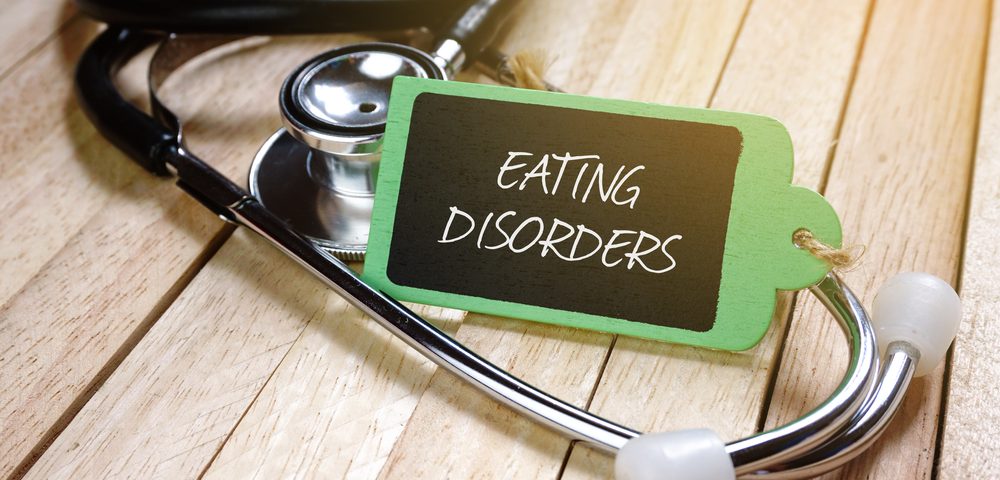
Kindergarten Success
April 24, 2024
Peer Pressure in Junior High
April 29, 2024Eating disorders can manifest in various ways, and the signs can vary depending on the specific disorder. Here are some common signs and symptoms associated with different types of eating disorders:
- Anorexia Nervosa:
- Significant weight loss or failure to make expected weight gains in children and adolescents.
- Intense fear of gaining weight or becoming fat, even when underweight.
- Distorted body image, such as seeing oneself as overweight despite being underweight.
- Preoccupation with food, calories, nutrition, or cooking.
- Avoidance of meals or situations involving food.
- Excessive exercise.
- Development of fine hair on the body (lanugo) as an attempt to conserve heat.
- Denial of hunger or making excuses to avoid eating.
- Bulimia Nervosa:
- Recurrent episodes of binge eating, characterized by eating large amounts of food in a discrete period and feeling a lack of control over eating during the episode.
- Compensatory behaviors to prevent weight gain, such as self-induced vomiting, misuse of laxatives, diuretics, or enemas, fasting, or excessive exercise.
- Feeling out of control during binge eating episodes.
- Evidence of binge eating, such as disappearance of large amounts of food in a short time.
- Frequent trips to the bathroom after meals.
- Hoarding food.
- Dental problems, including erosion of tooth enamel due to repeated exposure to stomach acid.
- Binge Eating Disorder (BED):
- Recurrent episodes of binge eating, without the compensatory behaviors seen in bulimia nervosa.
- Eating much more rapidly than normal.
- Eating until feeling uncomfortably full.
- Eating large amounts of food when not physically hungry.
- Eating alone due to embarrassment over the quantity of food being consumed.
- Feelings of disgust, guilt, or depression after overeating.
- Other Specified Feeding or Eating Disorders (OSFED):
- Individuals may not meet the specific criteria for anorexia nervosa, bulimia nervosa, or binge eating disorder but still have significant eating disorder symptoms.
- Examples include atypical anorexia nervosa (where weight is not below normal), purging disorder (purging without binge eating), and night eating syndrome (excessive eating at night).
It’s important to note that not everyone with an eating disorder will display all of these signs, and individuals may exhibit behaviors that are not listed here. Additionally, these disorders can have serious physical and psychological consequences, so it’s crucial to seek professional help if you or someone you know is experiencing symptoms of an eating disorder.
To learn more tips and parenting subscribe to MASK The Magazine, parenting solutions for today’s families
https://www.tools4teaching.com/product/mask-the-magazine/
Or
Did you know that you can add past issues of MASK The Magazine and start your MASK Library –
https://www.tools4teaching.com/product/single-issues-of-mask-the-magazine/



